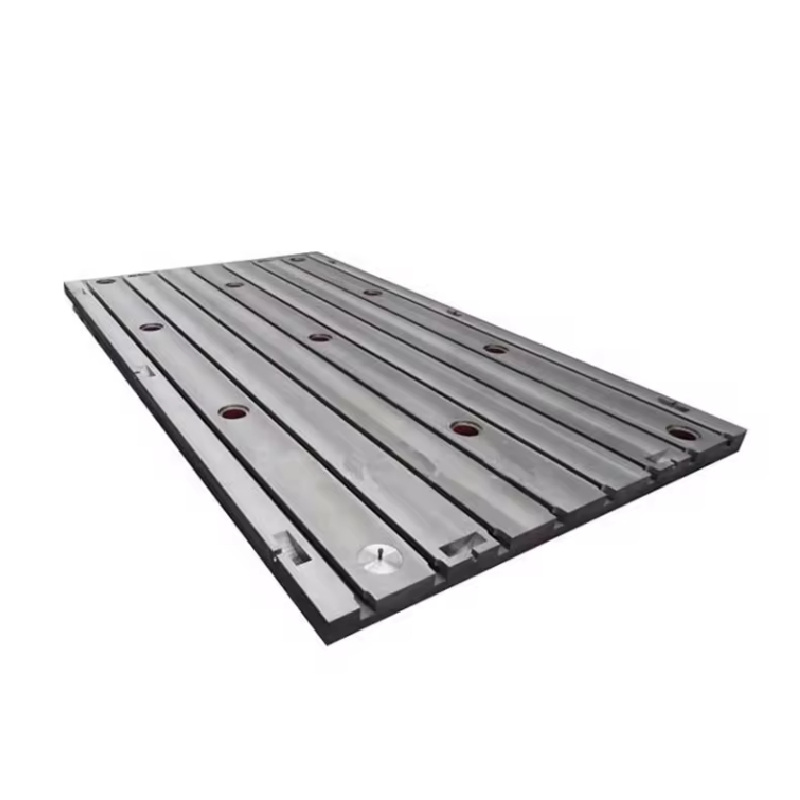Aug . 19, 2024 12:08 Back to list
150mm Gate Valve Pricing Options and Availability for Your Projects
Understanding the Price Factors of 150mm Gate Valves
Gate valves are essential components in various applications, primarily in water and gas pipelines. They are designed to allow or restrict the flow of fluids seamlessly. With a nominal size of 150mm, these valves are commonly used in industrial settings, municipal projects, and large residential developmental schemes. The price of a 150mm gate valve can vary significantly based on a number of factors, which we will explore in this article.
1. Material Composition
One of the primary factors affecting the price of a 150mm gate valve is the material from which it is made. Common materials used for gate valves include cast iron, stainless steel, and brass.
- Cast Iron Gate Valves Often used for water applications, cast iron valves are generally the most economical option. However, prices can vary based on the grade of iron. - Stainless Steel Gate Valves These are more expensive due to their resistance to corrosion, making them suitable for harsh environments. This durability often translates to a higher initial investment but can lead to cost savings over time due to reduced maintenance needs.
- Brass Gate Valves Known for their excellent machinability and corrosion resistance, brass valves typically sit in the mid-price range, making them a popular choice for residential and commercial projects.
2. Design and Features
The design and additional features of a gate valve also play a crucial role in determining its price
. Gate valves may come with features such as- Handwheel Operation Basic gate valves may come with manual handwheel operation, while others may offer automated options, which can significantly increase the cost. - Fire Safe Design Some gate valves are designed to work in high-temperature environments or are needed to comply with stringent safety regulations, thus increasing their price.
gate valve 150mm price

- Size Variability The size of the valve can affect the price as well. While we are focusing on 150mm valves, those designed for larger diameters often come at a premium, driven by greater material and manufacturing costs.
3. Market Trends and Supply Chain Dynamics
Like many industrial products, the pricing of gate valves can fluctuate based on market demand and supply chain dynamics. For instance, global events such as the COVID-19 pandemic have disrupted manufacturing processes and supply chains, resulting in unpredictable pricing for materials and components. Seasonal demand spikes, such as those seen during infrastructure projects or natural disasters, can also drive up prices due to increased demand.
4. Manufacturer's Reputation
The reputation and reliability of the manufacturer can significantly affect gate valve prices. Established brands known for quality and reliability may command higher prices due to the assurance of product performance and longevity. Conversely, generic or lesser-known brands may be more affordable but could potentially compromise on quality.
5. Regional Differences
Prices can also vary significantly based on geographical location. Areas with stringent regulations may see higher prices due to additional compliance checks and certifications. Furthermore, local availability of materials can affect shipping costs and, ultimately, the price of the valve.
Conclusion
The price of a 150mm gate valve is influenced by several factors including material composition, design features, market dynamics, manufacturer reputation, and geographic location. Understanding these elements can help businesses and consumers make informed purchasing decisions that align with their specific requirements and budgetary constraints. While it may be tempting to opt for the cheapest option, considering these various aspects can lead to more satisfactory and cost-effective long-term investments in gate valves.
-
Why Metric Trapezoidal Thread is Ideal for Precision Motion ControlNewsAug.05,2025
-
The Unique Properties of a Block of Granite for Industrial UseNewsAug.05,2025
-
The Role of Flanged Y Strainers in Preventing Pipeline ClogsNewsAug.05,2025
-
The Importance of Regular Calibration for Master Ring GagesNewsAug.05,2025
-
How a Cast Iron Surface Table Enhances Accuracy in ManufacturingNewsAug.05,2025
-
Comparing Different Check Valve Types for Optimal Flow ControlNewsAug.05,2025
Related PRODUCTS









